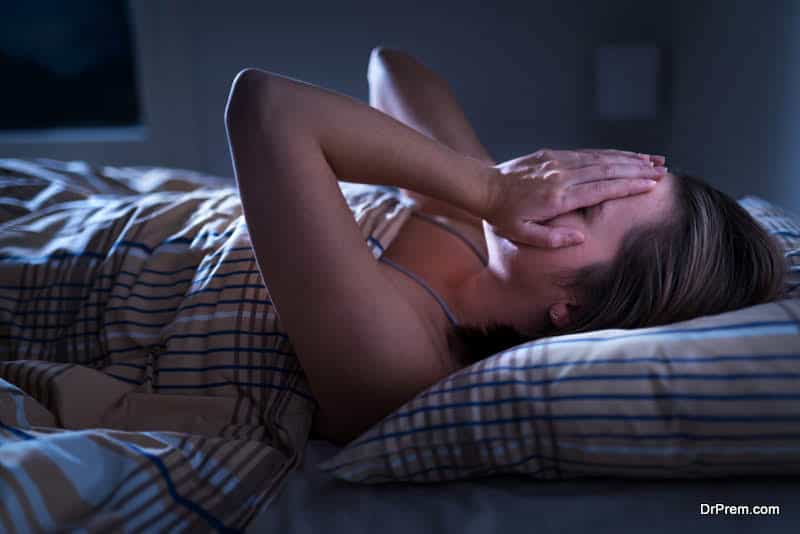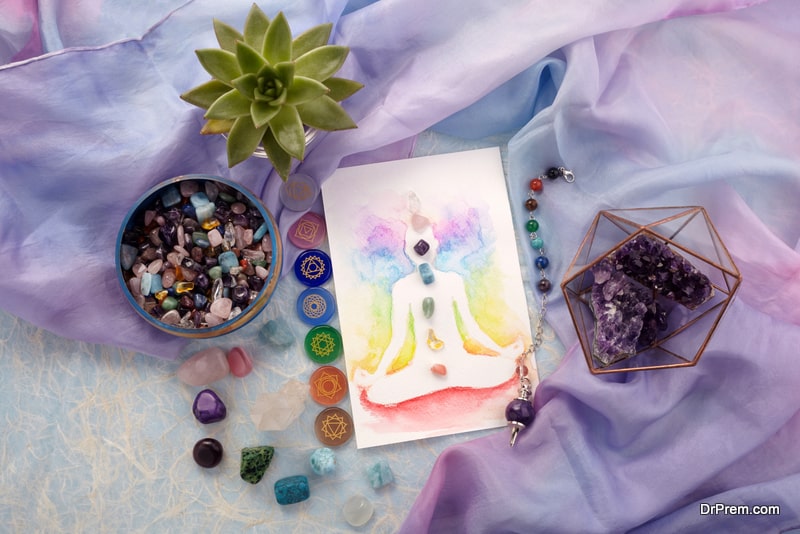Sleep apnea is a condition that causes disturbances in normal sleeping patterns. The condition isusually characterized by shallow breathing or pauses in breathing during sleep. There are many well-known treatments for sleep apnea. However, most of these treatments serve to just treat the condition instead of tending to its root cause.
One remedy that offers a sure shot way to control sleep apnea and its causes is yoga breathing. In addition to increasing your lung capacity and helping you breathe better, yoga breathing exercises can curb the very causes of the condition, thus promoting better sleep at night.
Sleep Apnea: Benefits of Yoga Breathing Exercises
Yoga breathing exercises can effectively curb sleep apnea and the myriad symptoms associated with it. Some of the benefits you can expect to enjoy with these techniques include:
- Enhanced Relaxation
Yoga breathing exercises can help calm your body and mind. This will, in turn, help you relax and position your body for utmost comfort while sleeping. Thus, you will be able to breathe better and without any obtrusions while sleeping.
- Controlled Breathing
Yoga breathing exercises can help you have more control on the way you breathe. With these breathing techniques, you will learn how to breathe using your diaphragm alone without exerting too much pressure on the rest of the body.
- Cleared Blockages
Yoga breathing exercises teaches you to breathe through the nose in a productive manner. These techniques effectively clear blockages and open up the nasal passages to allow air to pass through them. This, in turn, keeps the nostrils clear and promotes sound sleep.
- Reduced Stress
Increased stress levels can contribute to sleep apnea at times. Yoga breathing exercises ensure to de-stress the body and mind. This will have an immediate effect on the quality of sleep, promoting sound, undisturbed sleep at night. When this happens, you will more energetic the next day instead of the other way around.
- Weight Loss
Many studies have linked obesity to sleep apnea. It has been found out in these studies that many overweight individuals have increased chances of getting sleep apnea with time. Yoga breathing exercises can curb this issue by addressing it at the root, increased weight. When combined with the proper diet, these exercises can help you lose weight. Loss in weight will also mean better quality of sleep at night.
Treatment for Sleep Apnea
- Pranayama Yoga Breathing Exercises: Here are some pranayama yoga breathing exercises that can help curb sleep apnea and its symptoms effectively.
- Kapalbhati Breathing Exercise: This breathing technique helps you relax and calm your mind. It helps to remove all kinds of worries and negative thoughts from your system.
- Bhastrika Breathing Exercise: This breathing technique helps you remove free toxins from the body via rapid breathing exercises. It also helps clear out nasal blockages, and is a great exercise for those suffering from tuberculosis or asthma.
- Ujjayi Breathing Exercise: This technique is also called as ‘Hissing Breath’ and helps treat sleep apnea effectively. In addition to increasing your lung capacity, it helps to clear blockages within the nasal passage and throat. It also helps to strengthen the upper airways, thus promoting the smooth flow of air in the same.
Sleep Meditation Techniques
Sleep apnea can also be treated effectively with the help of sleep meditation techniques. These techniques will help promote sound sleep at night by clearing out all negative thoughts and emotions from the mind.
Yoga Poses
Pranayama yoga breathing exercises utilize the Lotus pose. Some other yoga poses that can also treat sleep apnea and its symptoms include the Mountain Pose (Tadasana), Locust Pose (Salabhasana), Corpse Pose (Shavasana) and the Cobra Pose (Bhujangasana).
Sleep apnea is characterized by disturbances in sleep patterns, and is usually caused by breathing difficulties. Yoga breathing exercises can help treat sleep apnea and its symptoms effectively.








